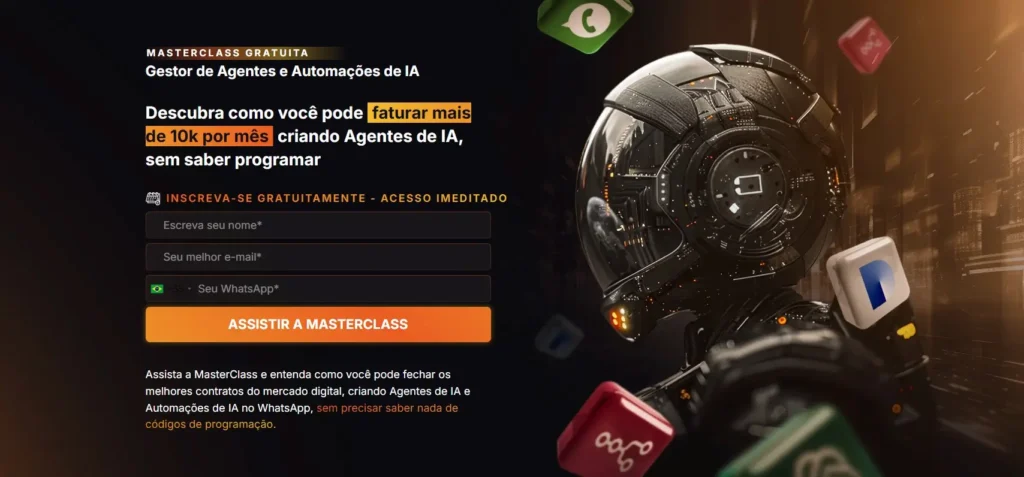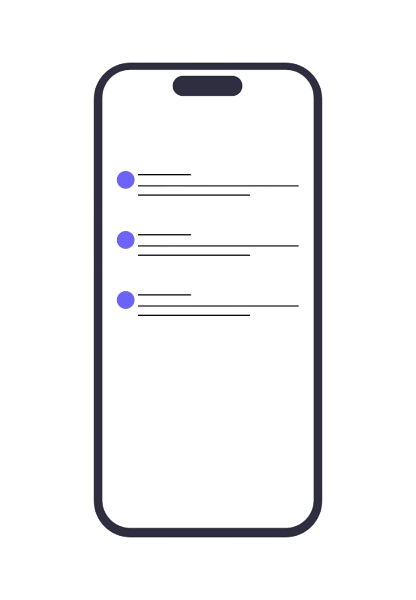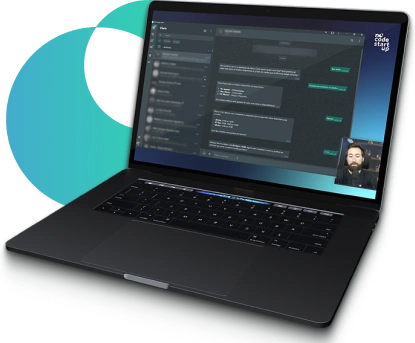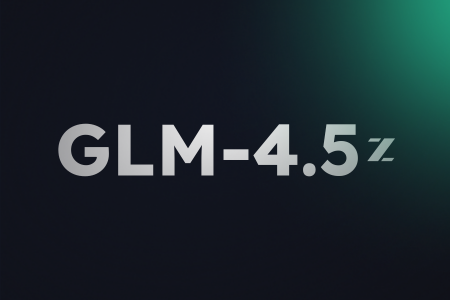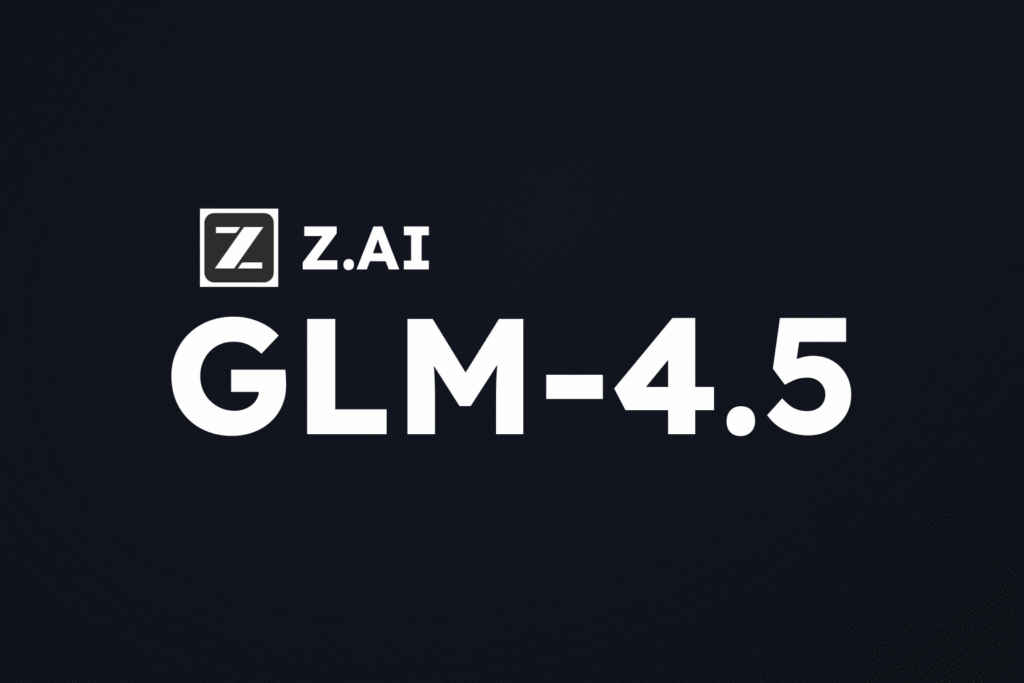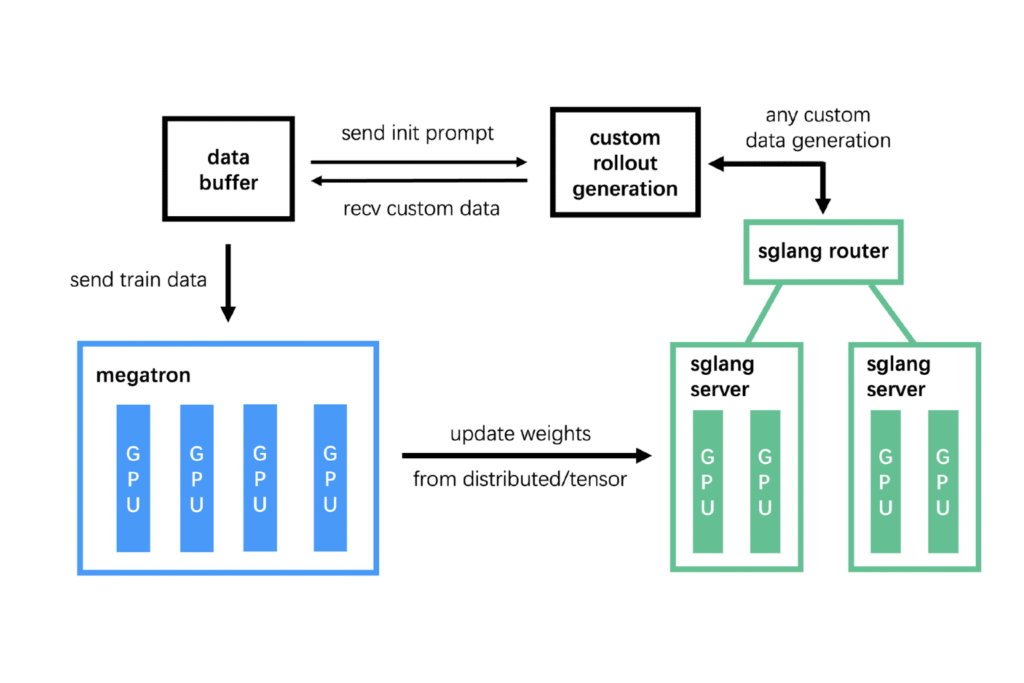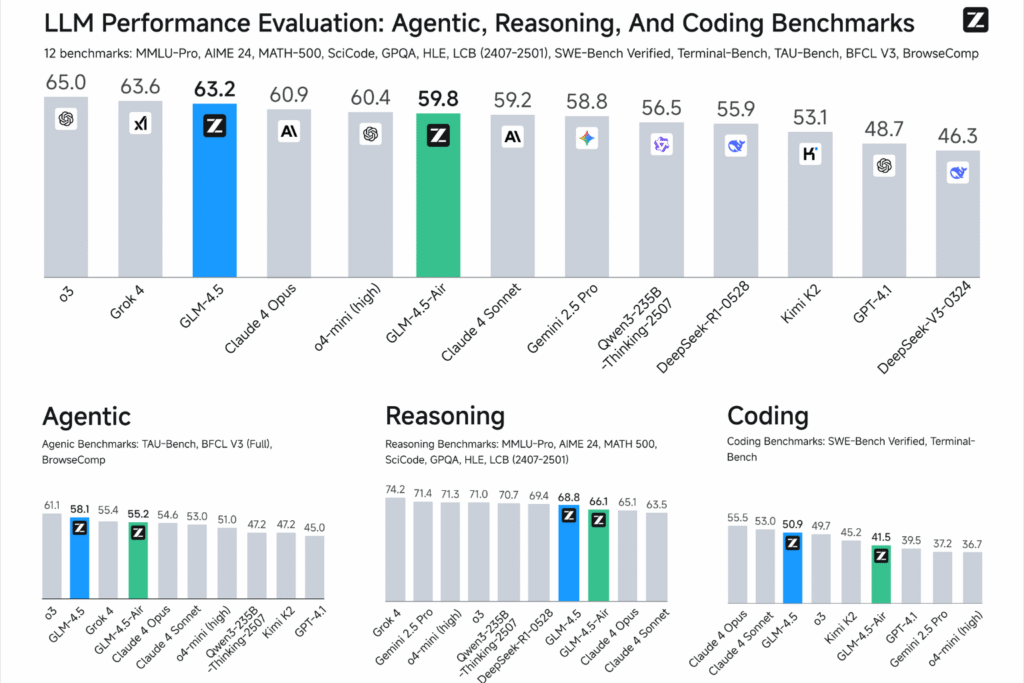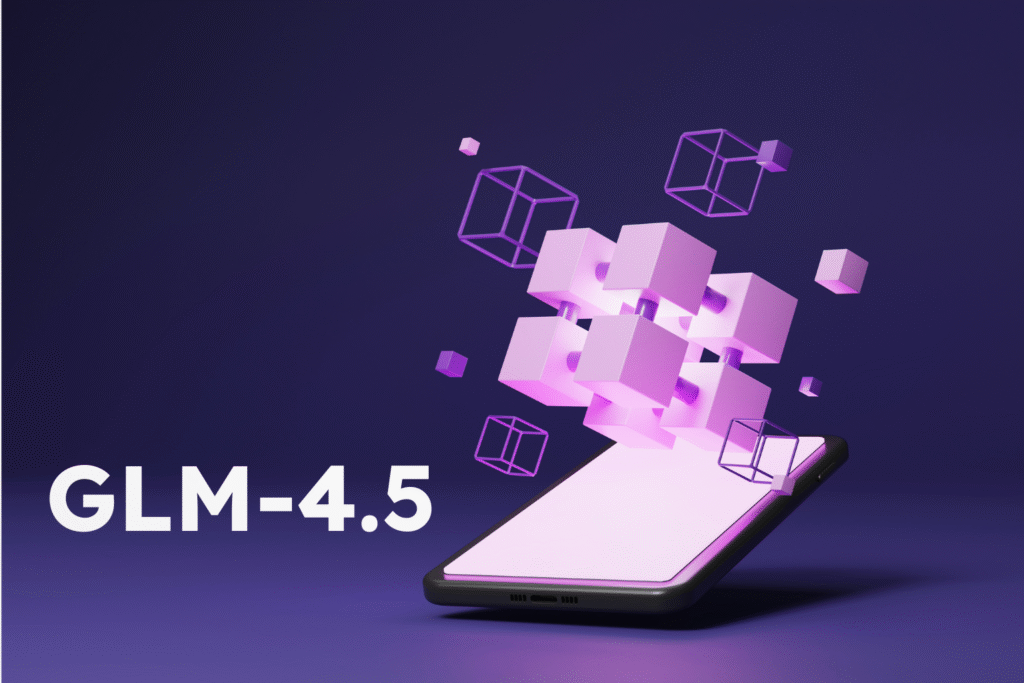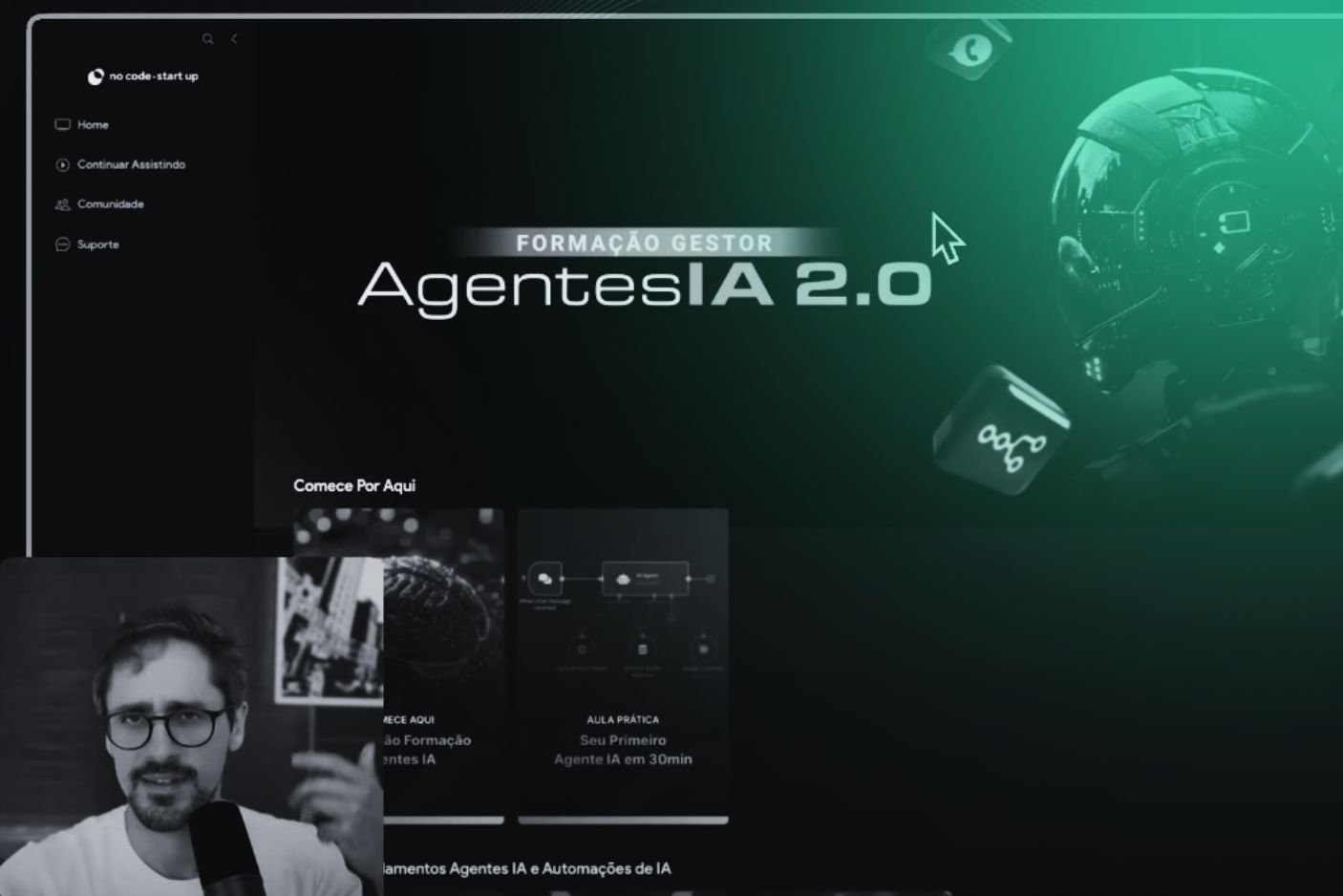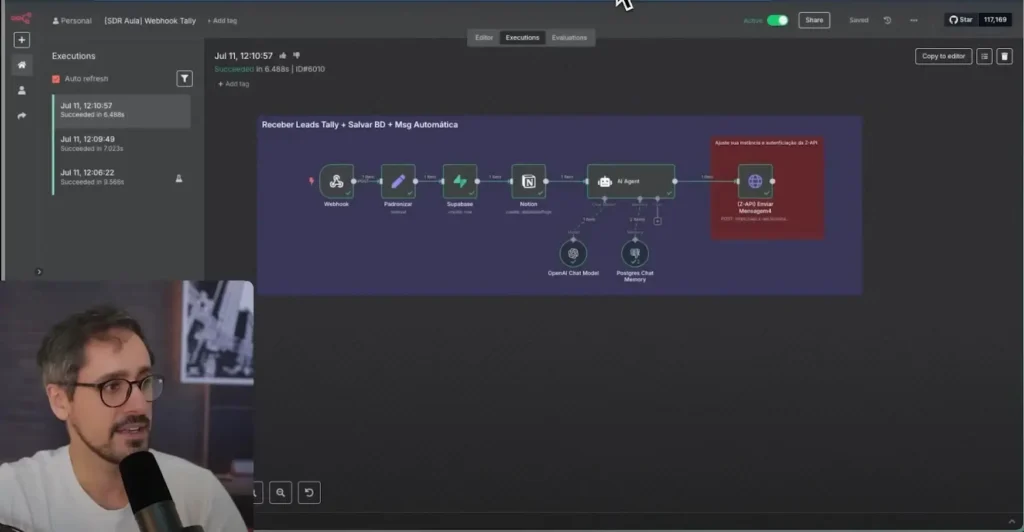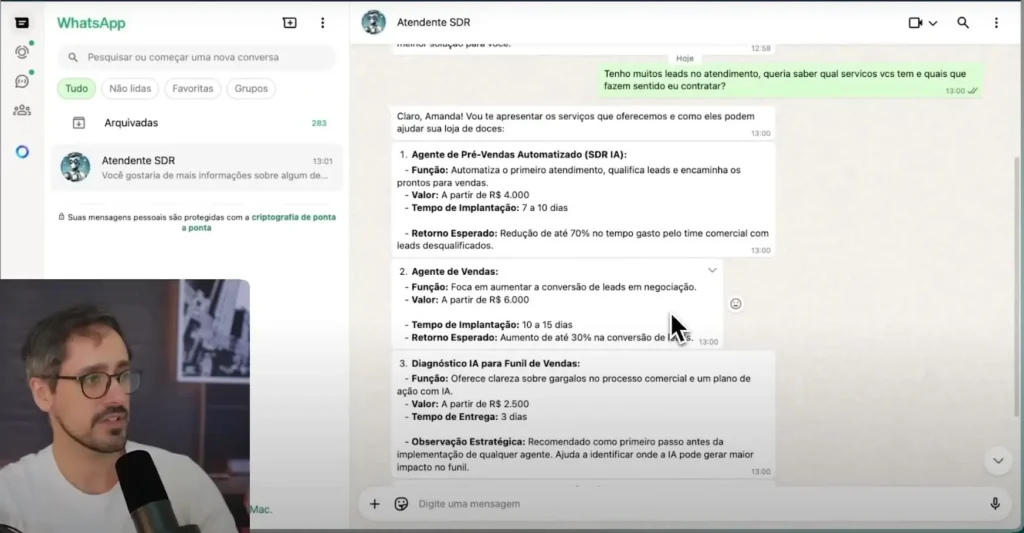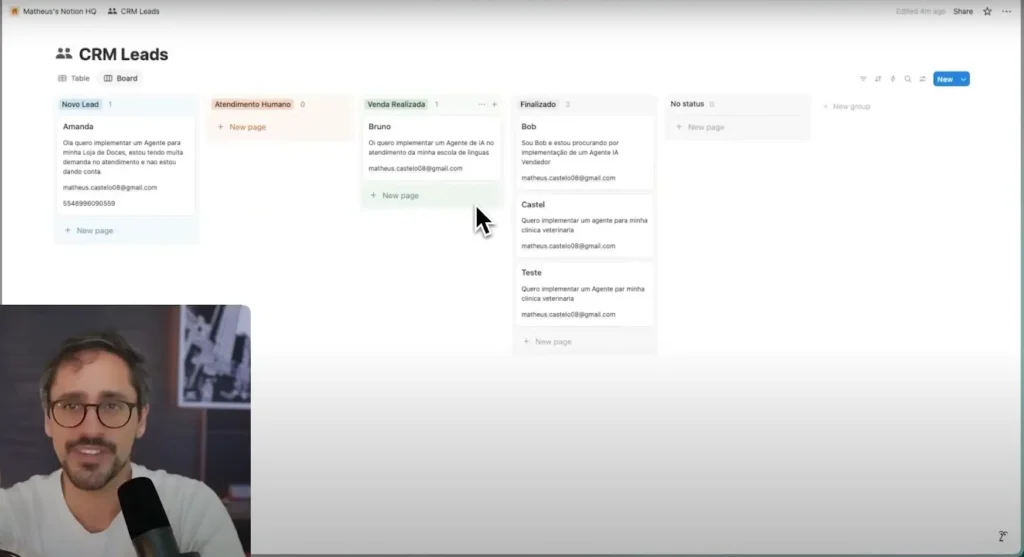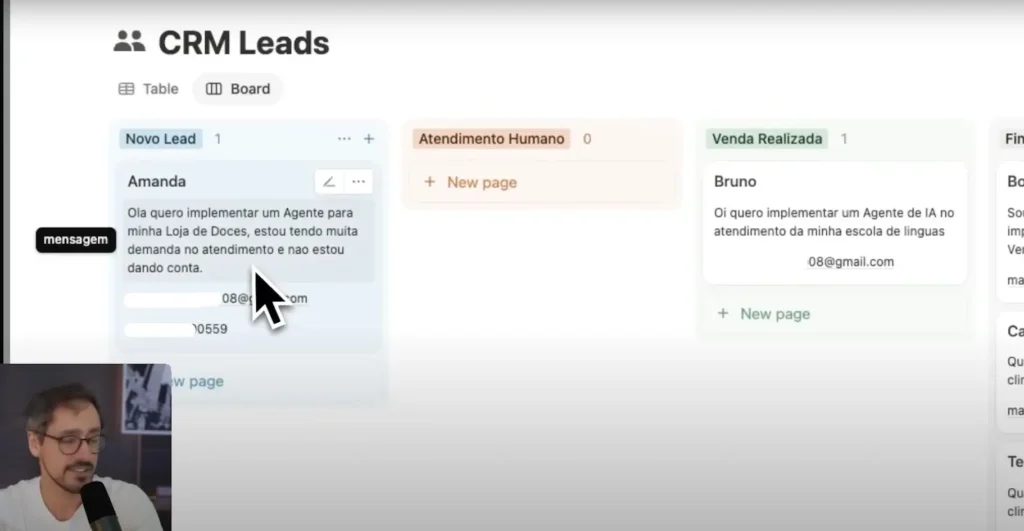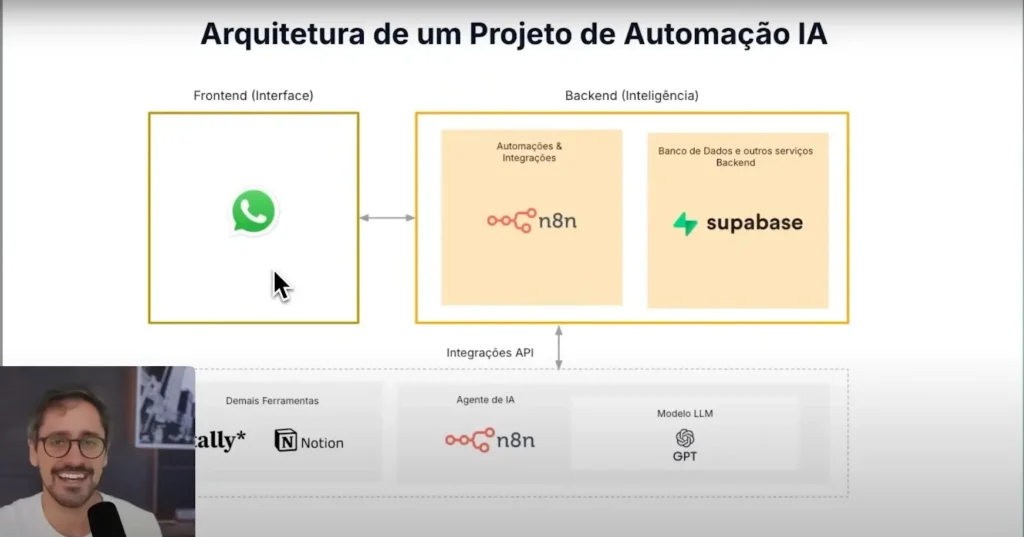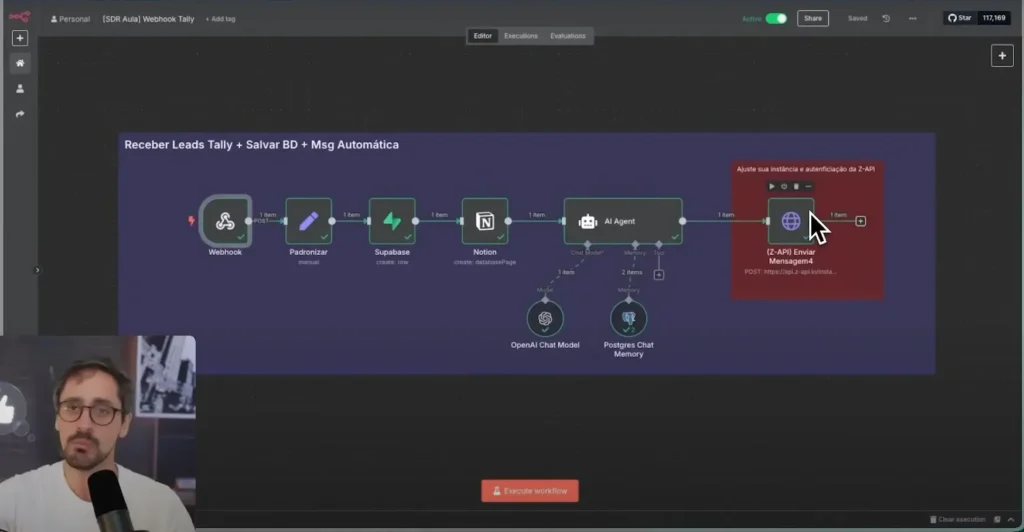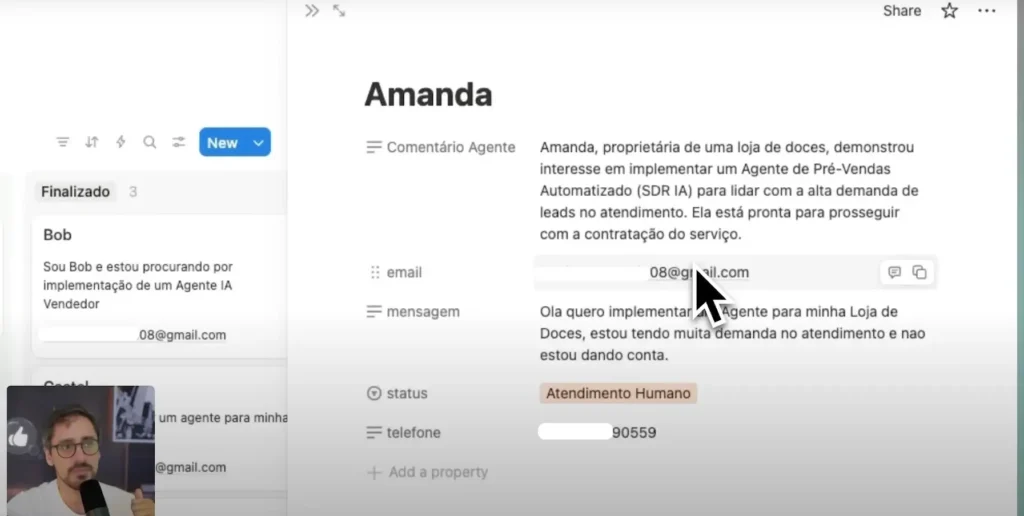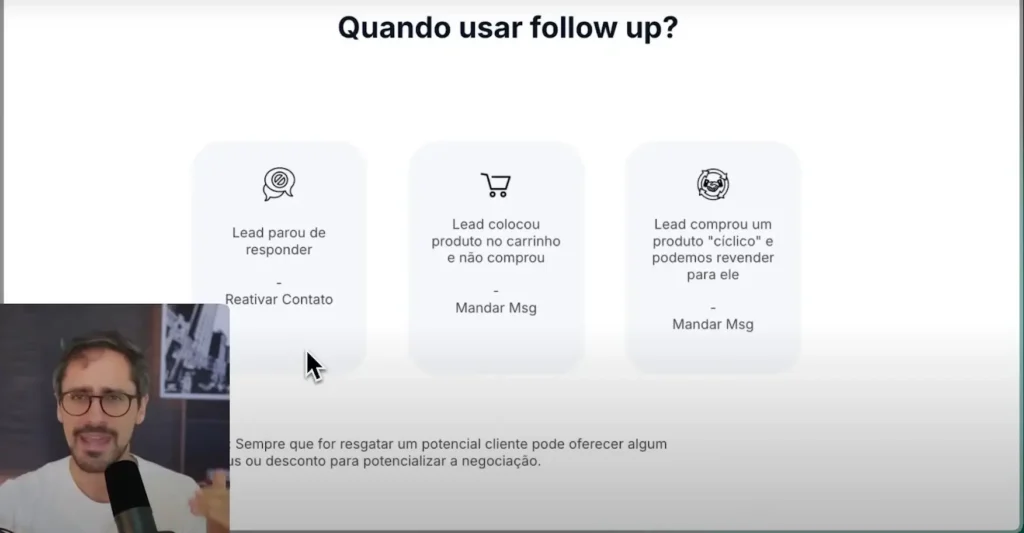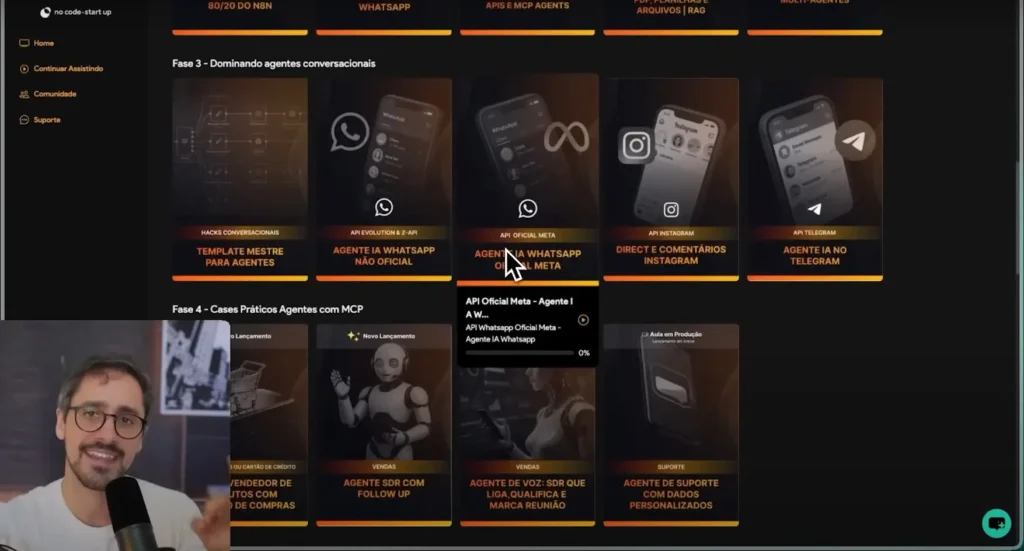Quer criar seu próprio chatbot? Você fez uma escolha inteligente! Os chatbots estão se tornando uma ferramenta crucial para empresas, aprimorando interações com clientes, automatizando tarefas e impulsionando vendas. Empresas que usam bots relatam 30 % no tempo de suporte e +20 % nas vendas, sem uma linha de código.
Graças às plataformas modernas sem código, criar um chatbot é acessível a todos. Assim, você não precisa de habilidades de codificação, anos de experiência técnica ou superpoderes (apenas um pouco de criatividade e um objetivo claro).
Why create a chatbot for your website?
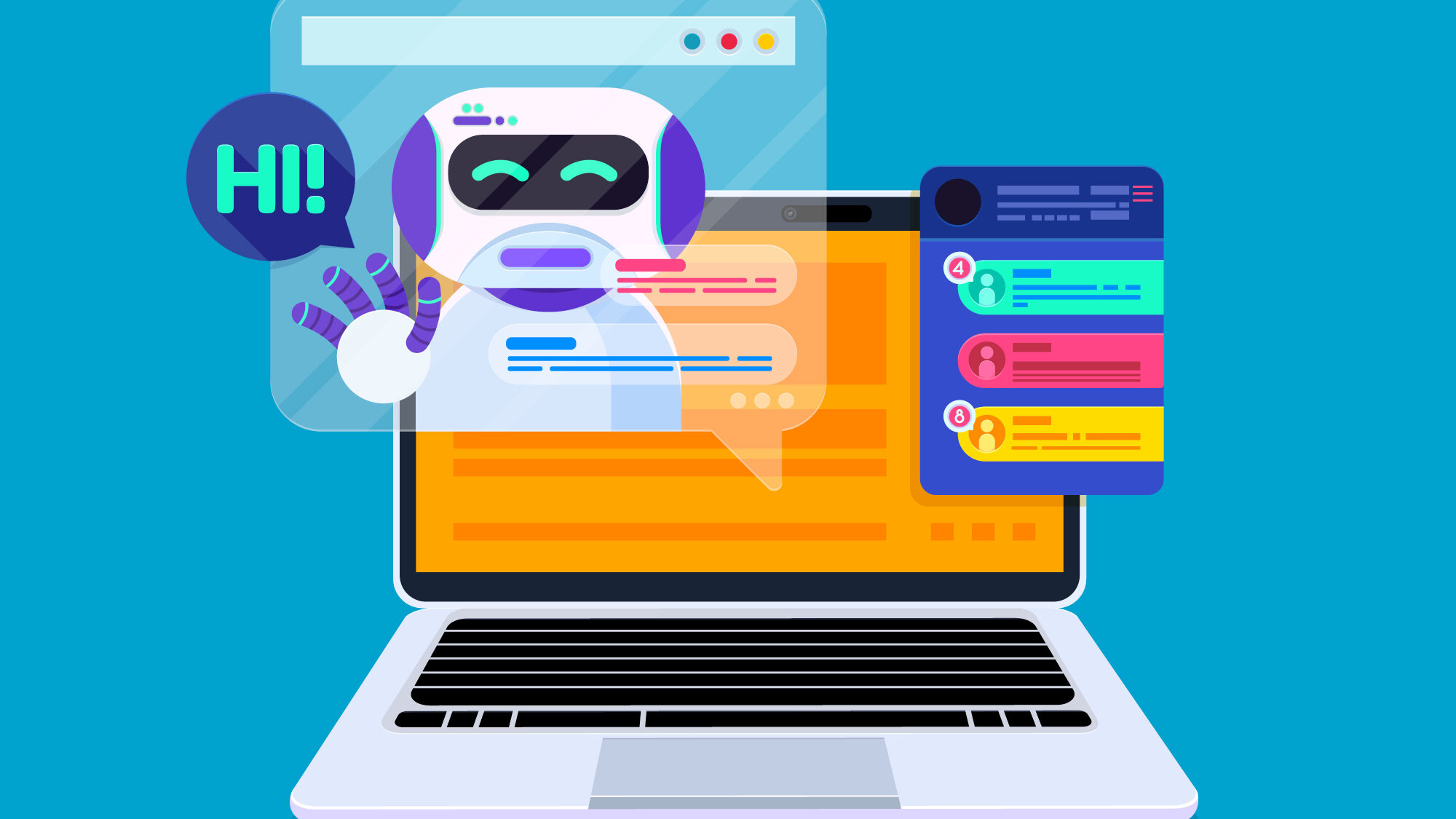
Bots resolvem dúvidas em segundos, escalam sem contratar mais gente e geram receita extra 24/7. Logo, muitas empresas estão usando chatbots para:
- Speed up customer responses: Instant responses lead to greater customer satisfaction.
- Handle multiple conversations at once: Chatbots can handle multiple queries simultaneously, reducing waiting times.
- Increase sales by up to 67%: By interacting with customers, chatbots can lead to more conversions.
- Create interactive and engaging websites: Chatbots add an element of interactivity that keeps users engaged for longer.
- Improve mobile experiences: Mobile-optimized chatbots help users navigate and get answers on the go.
- Recover abandoned shopping carts: Remind users about their forgotten purchases and encourage them to complete transactions.
- Explore the future of conversational interfaces: As AI continues to evolve, chatbots will become even more integral to customer interactions.
For e-commerce businesses, chatbots are game-changers. After all, they can handle up to 69% of customer queries from start to finish, reducing the costs of customer service in 30% and improving the overall user experience.
What can your custom chatbot do?

By creating your own chatbot, you unlock a world of possibilities. Your bot can:
- Trigger actions based on user behavior: for example, starting a conversation when a visitor lands on a specific page or adding items to a shopping cart.
- Integrate seamlessly with your technology stack: Whether connecting to your CRM, email marketing, or social media platforms, chatbots offer endless integration opportunities.
- Personalize customer experiences: Use customer data to personalize conversations and offer relevant recommendations.
- Give you full control over your conversation flow: map every interaction and ensure your chatbot delivers exactly the experience you want.
Não é de se admirar que o interesse em chatbots tenha disparado em 160% nos últimos 12 meses. Assim, as empresas estão reconhecendo seu valor, e você também pode.
But here’s the question: how do you actually create an AI-powered chatbot?
Building a Chatbot: AI vs. No-Code Platforms
If you’re thinking about building a machine learning-powered bot from scratch, it can be quite challenging. Natural Language Processing (NLP) and AI algorithms require significant resources, expertise, and data that most companies don’t have readily available.
Treinar IA do zero exige time de data science. Plataformas no-code (Dify, n8n, Supabase) entregam bot pronto em minutos.
How to Create a Chatbot in 8 Simple Steps
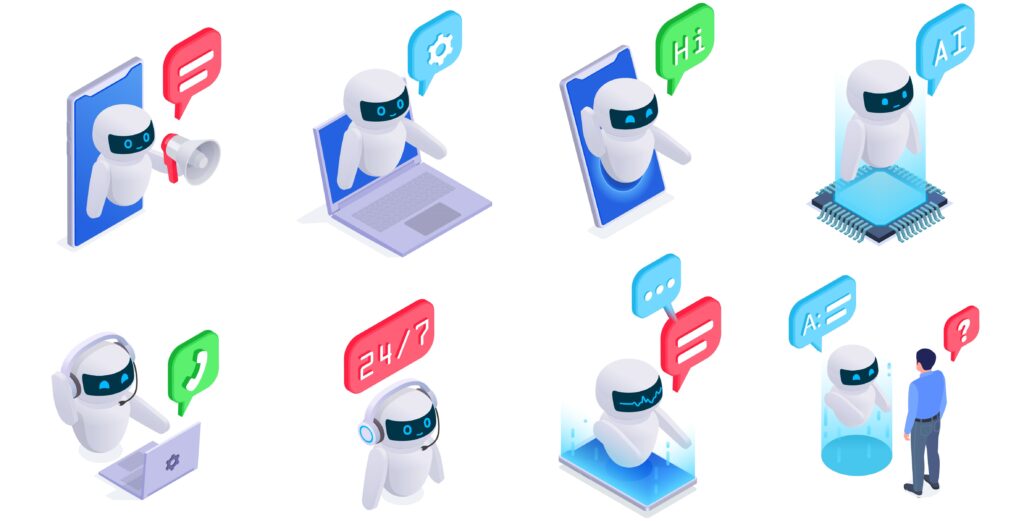
Here's a simple step-by-step guide to help you create your first chatbot with ease.
Step 1: Define the purpose of your chatbot
What is the primary purpose of your chatbot? Is it customer support, lead generation, or something else? Defining your chatbot’s role will help you shape its functionality and personality.
Questions to ask:
- What are the most common questions my customers ask?
- Should the bot automate certain processes, such as reservations or handling FAQs?
- Do I need features like routing to human agents or saving abandoned carts?
Step 2: Choose where your chatbot will appear
Where do your customers interact most? Is it your website, Facebook, WhatsApp, or another platform? Make sure the chatbot platform you choose integrates well with these channels. Popular platforms: WordPress, Shopify, WhatsApp, Facebook Messenger, Instagram.
Step 3: Select a platform to build your chatbot
There are two main categories: AI frameworks and platforms. NoCode. Therefore, for most companies, a no-code platform is the best bet.
After all, it offers simple setup, pre-built templates, and all the functionality you need without the technical headaches.
Step 4: Create the conversation flow
This is where the fun begins! Use the visual editor provided by your platform to map out conversation paths. Set up triggers (e.g. a visitor lands on a certain page) and ultimately decide how the conversation progresses using decision trees, actions, and responses.
Step 5: Test, test, test
Before you go live, test your bot’s responses in different scenarios. After all, most platforms offer visualization features so you can see exactly how your bot interacts with users in real time.
Step 6: Train your bot with NLP (optional)
If you want your bot to understand natural language, you’ll need to feed it relevant data. So train it using common phrases, keywords, and customer queries to ensure it can accurately answer a wide range of questions.
Step 7: Collect feedback
After launching, don’t forget to collect user feedback. Use surveys or star ratings to evaluate your chatbot’s performance. After all, user feedback is a valuable resource for improving your bot over time.
Step 8: Analyze and optimize
Monitor your chatbot’s performance with analytics. Keep an eye on key metrics like user engagement, conversion rates, and drop-off points. Then, refine your chatbot’s flow and responses to continually improve the user experience.
Do's and Don'ts of Creating a Chatbot

Do:
- Add personality: Give your chatbot a unique tone that aligns with your brand, whether it’s professional, fun, or casual.
- Provide human assistance when needed: If a query is too complex for your bot, escalate it to a human agent for a smoother customer experience.
- Keep it simple: Simple conversation flows are more effective and easier for users to follow.
Don't do:
- Don’t let conversations reach dead ends: always provide options for users to get help or restart the conversation.
- Don’t overcomplicate the bot: The more complex the flow, the harder it becomes for users to effectively engage. Keep it manageable and intuitive.
Creating a chatbot is easier with NoCode
Building a chatbot has never been easier, thanks to no-code platforms that eliminate the need for technical knowledge.
So whether you’re looking to improve customer experience, streamline business processes, or increase sales, a chatbot can make all the difference.
So what are you waiting for? Come be a part of the MasterClass AI Agent Manager and learn more about the NoCode world!
